Best Haskell Learning Resources to Buy in December 2025
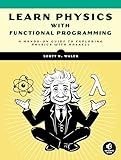
Learn Physics with Functional Programming: A Hands-on Guide to Exploring Physics with Haskell


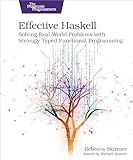
Effective Haskell: Solving Real-World Problems with Strongly Typed Functional Programming


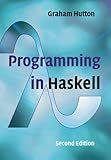
Programming in Haskell


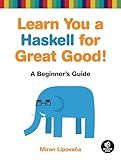
Learn You a Haskell for Great Good!: A Beginner's Guide
- AFFORDABLE PRICES: QUALITY BOOKS AT A FRACTION OF THE NEW COST.
- ECO-FRIENDLY CHOICE: SUPPORT RECYCLING BY BUYING USED BOOKS.
- UNIQUE FINDS: DISCOVER RARE TITLES THAT AREN’T IN PRINT ANYMORE.


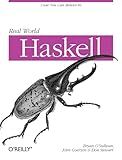
Real World Haskell
- AFFORDABLE PRICES ON QUALITY PRE-OWNED TITLES.
- CAREFULLY INSPECTED FOR QUALITY AND READABILITY.
- ECO-FRIENDLY CHOICE: REDUCE WASTE BY REUSING BOOKS.


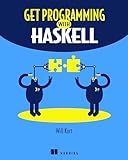
Get Programming with Haskell


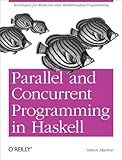
Parallel and Concurrent Programming in Haskell: Techniques for Multicore and Multithreaded Programming


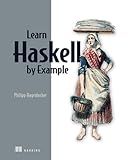
Learn Haskell by Example (Bookcamp)



Thinking Functionally with Haskell


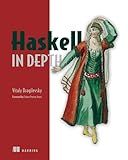
Haskell in Depth


In Haskell, you can define a function by using the keyword "let" or by directly using the function name followed by its pattern matching clauses and an equation sign.
Here's an example of defining a function in Haskell using the "let" keyword:
myFunction :: Int -> Int -> Int myFunction x y = let z = x + y in 2 * z
In the above example, we define a function called "myFunction" that takes two integer arguments and returns an integer. Inside the "let" block, we define a new variable "z" which represents the sum of the two arguments. Finally, we use "z" to calculate the result of the function by multiplying it by 2.
Alternatively, you can define the function directly using its name and equation sign:
myFunction :: Int -> Int -> Int myFunction x y = 2 * z where z = x + y
In this case, we use the "where" keyword to define the variable "z" and its value.
Both approaches achieve the same result, allowing you to define functions in Haskell. Remember to specify the function type before defining its equations.
How do you define a function with multiple parameters in Haskell?
In Haskell, functions are typically defined with multiple parameters using currying. Currying is the process of transforming a function that takes multiple arguments into a chain of functions, each taking one argument at a time.
Here's an example of defining a function with multiple parameters in Haskell:
add :: Int -> Int -> Int add x y = x + y
In this example, the add function takes two Int arguments, x and y, and returns their sum. The arrow -> separates the input arguments from the result type.
You can think of add as a function that takes one argument (x) and returns another function that takes the second argument (y). This allows you to partially apply add to obtain a new function:
add5 :: Int -> Int add5 = add 5
In this case, add5 is a new function that takes an Int argument and adds 5 to it.
What is a function in Haskell?
In Haskell, a function is a named sequence of statements that takes one or more values or arguments as input and performs a computation or transformation based on those input values. It then returns a new value as the result of the computation.
Functions in Haskell are pure, which means that they don't have any side effects and always produce the same output for the same input. They are defined using the functionName arg1 arg2 ... = expression syntax, where arg1, arg2, etc. are the function arguments and expression is the computation or transformation to be performed.
For example, the following is a simple Haskell function that calculates the square of a number:
square :: Int -> Int square x = x * x
This function takes an integer x as input and multiplies it by itself to calculate the square. The result is then returned as the output of the function.
Functions in Haskell can also be higher-order, meaning they can take other functions as arguments or return functions as results. This allows for powerful abstractions and composition of functions.
Can you use lambda functions while defining Haskell functions?
Yes, lambda functions can be used while defining Haskell functions. Lambda functions are anonymous functions that can be defined and used directly within other expressions or functions.
Here's an example of using a lambda function while defining a Haskell function:
addOneToEach :: [Int] -> [Int] addOneToEach = map (\x -> x + 1)
In this example, the addOneToEach function is defined using map function and a lambda function. The lambda function (\x -> x + 1) specifies the operation to add one to each element of a list.
